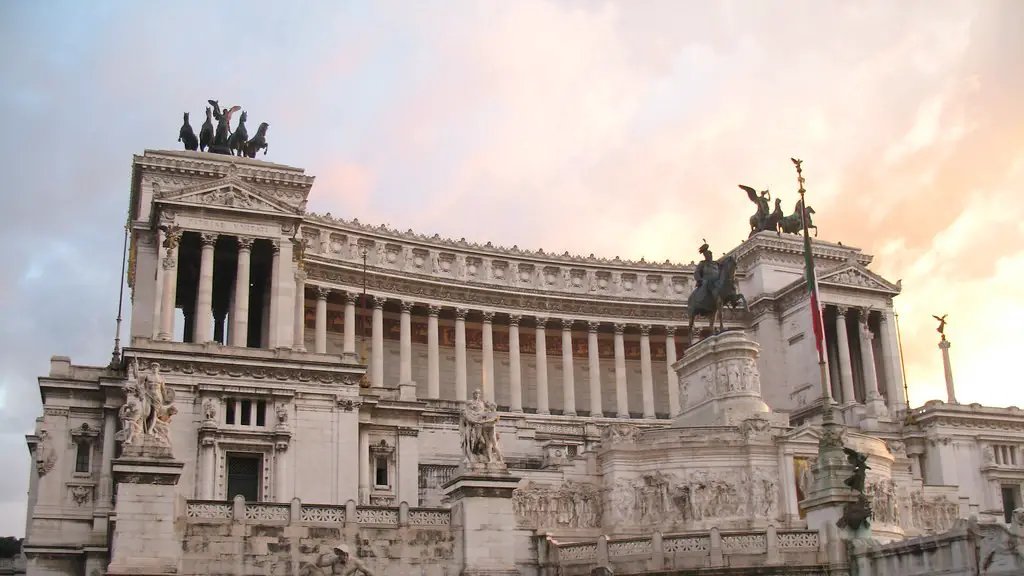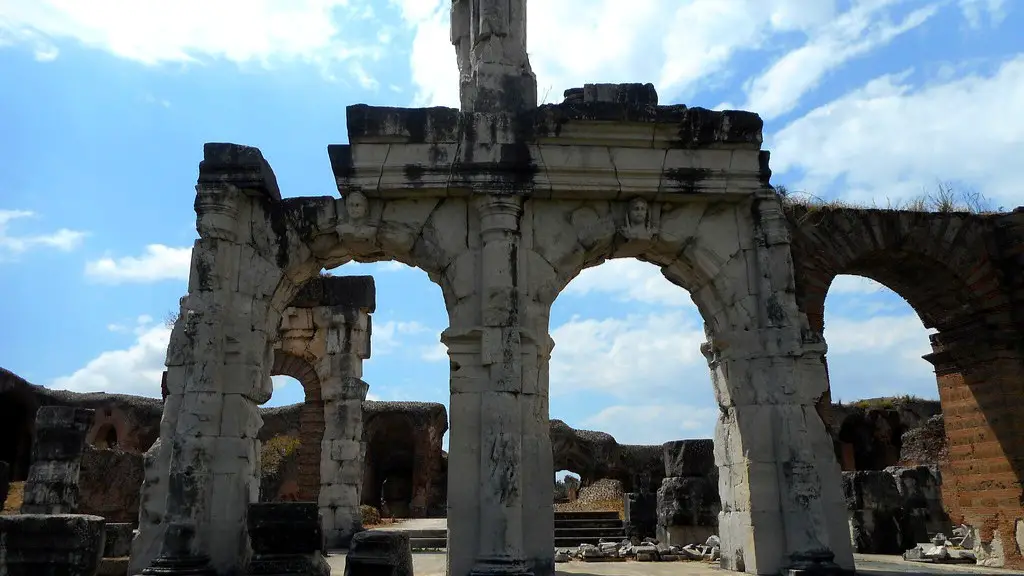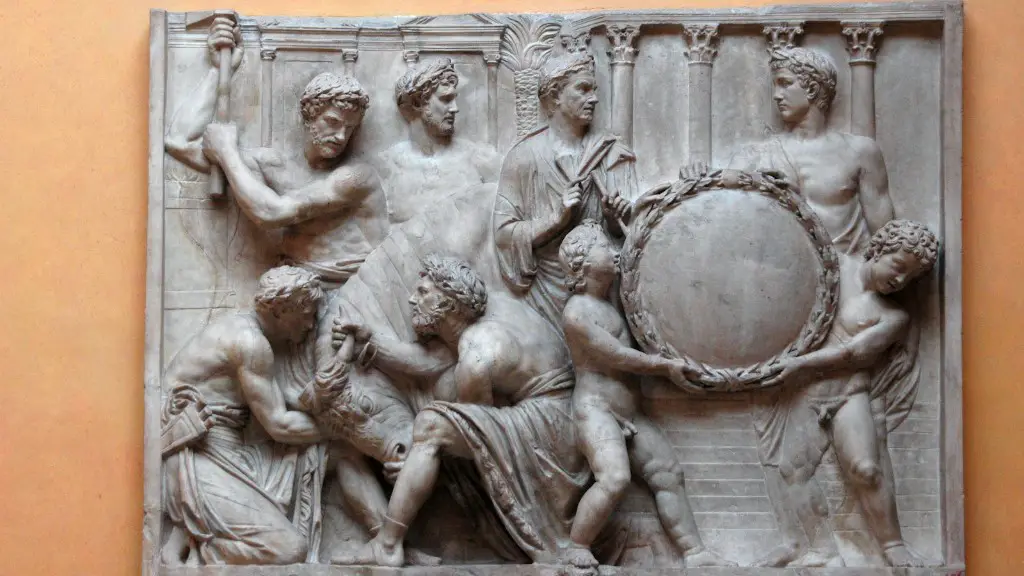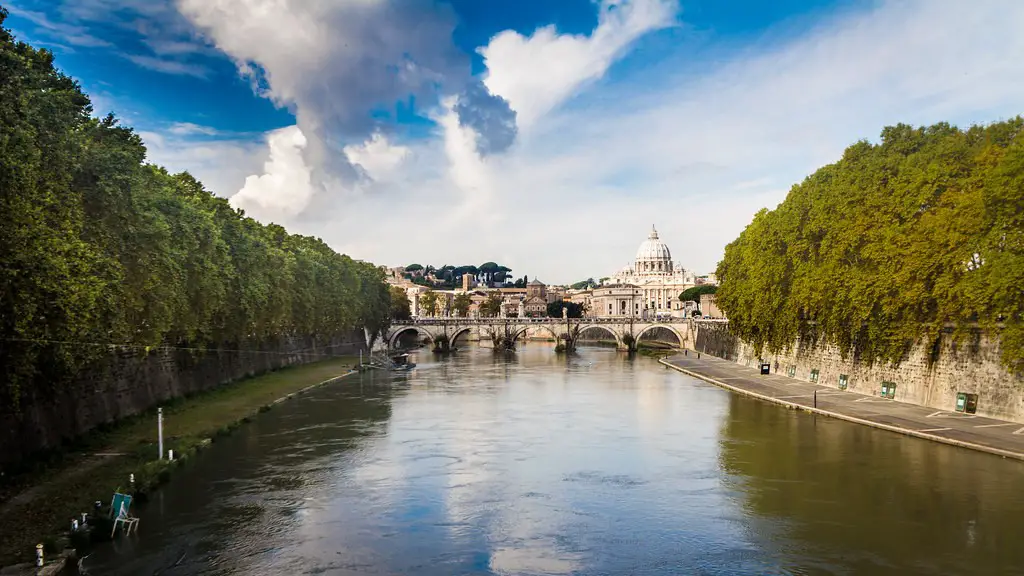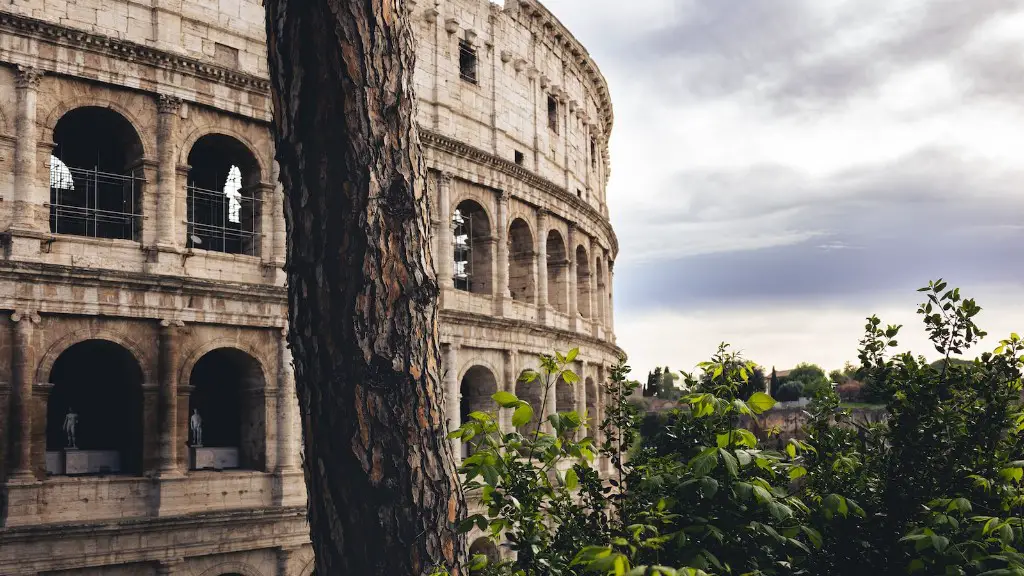archaeologists have found evidence that the ancient romans traded with people from all over the world. they traded for things like wine, olives, and marble.
Yes, ancient Rome traded with other cultures. Rome traded with countries in Europe, Asia, and Africa. Rome traded a variety of goods, including food, wine, slaves, and weapons.
What things did ancient Romans trade?
Farming was a large part of the Roman economy, and as such, many of their exports were food or products made from crops. Grapes, oil, and grain were a few of the major exports, from which items such as olive oil, wine, and cereals were also made and exported. Other exports included pottery and papyrus (paper).
The Roman Empire was one of the most powerful empires in the world for centuries. And a big part of that was due to the fact that the Roman Empire was very good at trade. By the 1st century, the provinces of the Roman Empire were trading huge volumes of commodities to one another via sea routes. This made the Roman Empire very wealthy and powerful.
Why was trade important to ancient Rome
The Roman army was responsible for keeping the roads and sea routes safe for traders. In turn, trade helped the economy grow. People in each area of the empire could sell what they grew or made to people in other areas who could use these goods. They could also buy things that they couldn’t produce for themselves. This trade helped to improve the standard of living for people across the empire.
In the Roman world, regional, inter-regional, and international trade was a common feature. A mix of state control and a free market approach ensured goods produced in one location could be exported far and wide. This created a highly integrated economy that allowed for the exchange of goods and ideas between different parts of the world.
Did Rome trade slaves?
The Roman Empire was one of the largest empires in history and at its peak controlled a territory that extended from Britain to North Africa and from Spain to the Middle East. Within this vast territory, the Romans engaged in a large amount of trade, including the trade of enslaved people.
The Romans acquired slaves through a number of means, including capture in war, purchase from slave traders, and kidnapping. Once acquired, slaves could be used for a variety of purposes, including labor, sexual exploitation, and entertainment.
The trade in slaves was a lucrative business for the Romans and slave traders could make a significant profit. Slaves were traded across the Roman Empire and beyond its borders. For example, slaves captured in wars in Britain or North Africa could be sold in markets in Rome or other parts of the empire.
The Romans also traded enslaved people within the borders of their territory. For example, slaves from Gaul (modern-day France) could be sold in Spain or North Africa. This trade was facilitated by the Roman system of roads and sea routes, which made transportation of goods and people relatively easy and quick.
The trade of slaves was an important part of the Roman economy and had a significant impact on the lives of those who were enslaved.
The Romans were a major maritime trading power and their main trading partners were Spain, France, the Middle East and north Africa. They also imported beef, corn, glass, iron, lead, leather, marble, olive oil, perfumes, timber, tin and wine. Britain was also a major maritime trading power and they traded with the Romans. They sent out lead, woollen products, and tin – in return they imported wine, olive oil, pottery and papyrus.
How did the Romans get rich?
The Roman economy was largely based on agriculture, with large farms being run by slaves. Romans also made money from mines, and rich Romans could buy luxuries from all over the world. This helped to make the Roman Empire one of the most powerful empires of its time.
It is interesting to note that many of the apparent barriers to trade and trading in ancient Rome were not due to lack of legal or economic development, but were due to the deliberate influence of political elites with aligned incentives. This is an important insight, as it highlights the importance of political factors in shaping economic activity. It also underscores the need for careful analysis of historical data in order to understand the true drivers of economic change.
What type of economy did ancient Rome have
Roman landowners were highly dependent on agricultural laborers and small tenant farmers to maintain a stable economy. Roman landowners typically owned large estates with many workers. They would provide housing and food for the workers and their families, as well as clothes and other necessities. The workers would then work the land to produce crops and livestock. Small tenant farmers were also necessary to the economy, as they rented land from the landowners and often produced the food that the laborers and their families ate.
The Roman Empire was built on the trade of goods and services, and importation was a key part of that trade. Importers were among the wealthiest citizens of the empire, as they were able to bring in valuable goods from all over the world. The barter system was alive and well in the ancient world, but the Romans also used one of the world’s most developed coinage systems. This allowed them to trade goods for currency, which could then be used to purchase other goods or services. The Roman trade system was incredibly complex and efficient, and it allowed the empire to flourish.
Who started trade with Roman Empire?
Eudoxus of Cyzicus was a Greek trade who is credited with starting the trend of increased trade between Greece and the Roman Republic. This increased trade is documented by Strabo, a Greek historian, who noted that it continued to grow even after Eudoxus’ death. The reason for this growth is unknown, but it likely had to do with the growing popularity of Roman goods in the Greek market. This increased trade between the two empires led to increased economic stability and prosperity for both countries.
Since Rome is located on the Italian peninsula, it had access to trade routes on the Mediterranean Sea. This allowed for trade to be an important part of life in ancient Rome. The Tiber River also provided transportation for goods and helped to create a thriving economy in the city.
How did trade with Rome take place
The trade between Rome and other parts of the world took place through the sea route. The Roman empire had numerous port cities under its control, which allowed Rome to dominate the Mediterranean Sea. Thecorrect answer is (ii) Sea Route.
Women in ancient Greece had some legal and social rights, but they were not equal to men. Women could be honoured for being priestesses or family members, but they had no political rights and could not own property. Slaves, by contrast, had no legal or social standing at all and could be treated as beasts of burden by their masters.
What race were Romans?
The early Romans were a people with a marked Mediterranean character, related to other neighbouring Italic peoples such as the Falisci. The Latins were a people with a strongly Roman culture and tradition, and their language and culture influenced the early Romans.
The ancient Greeks and Romans were not White according to contemporary racial categorizations. The concepts of “Whiteness” and “Blackness” are products of the modern era.
Final Words
The Roman Republic was founded in 509 BC, and began engaging in trade soon afterwards. The Roman Empire, which succeeded the Republic, also traded extensively. So, in short, the answer to your question is yes.
Based on the available evidence, it appears that ancient Rome did engage in trade with other cultures. This is evident from the presence of trade routes and settlements in areas outside of Rome, as well as the presence of Roman currency in other parts of the world.
